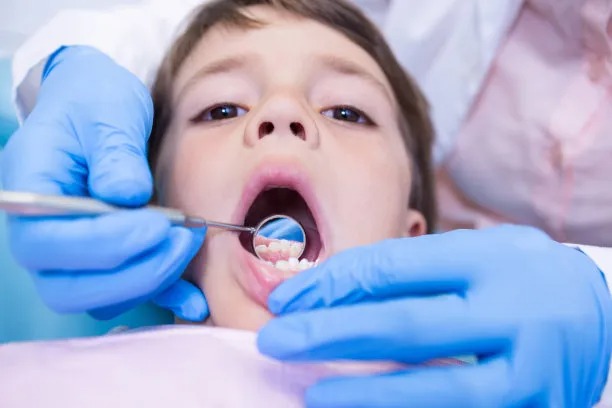Understanding Periodontal Disease Its Causes Symptoms and Effective Treatment Options for a Healthy Smile
Summary: Periodontal disease, also known as gum disease, affects millions of people globally. Understanding its causes, symptoms, and effective treatment options is essential for maintaining a healthy smile. This article delves into the nature of periodontal disease, providing insights into its underlying causes and identifying the alarming symptoms to watch for. Furthermore, we explore various effective treatment options available for individuals affected by this condition, emphasizing the importance of prevention and care for overall dental health. By understanding these aspects, individuals can take proactive steps in safeguarding their oral health and ensuring a vibrant, healthy smile.
1. What is Periodontal Disease?

Periodontal disease is a chronic inflammatory condition affecting the supporting structures of the teeth, including the gums, periodontal ligament, and alveolar bone. This disease often begins with gingivitis, an inflammation of the gums caused by the accumulation of plaque, a sticky film of bacteria on the teeth. If left untreated, gingivitis can progress to periodontitis, resulting in more severe tissue damage and potential tooth loss.
The onset of periodontal disease can be subtle, sometimes going unnoticed until significant damage has occurred. Early signs include swollen, bleeding gums and persistent bad breath. Understanding the stages of periodontal disease is crucial as it enables individuals to seek timely intervention before the disease progresses.
Preventing periodontal disease starts with good oral hygiene practices, regular dental check-ups, and professional cleanings. By keeping plaque buildup at bay, individuals can maintain healthy gums and teeth, thereby reducing the risk of developing this condition.
2. Causes of Periodontal Disease
The primary cause of periodontal disease is poor oral hygiene, which leads to plaque buildup. Plaque can harden into tartar, creating an environment where harmful bacteria can thrive. Other factors contributing to periodontal disease include genetics, smoking, diabetes, and hormonal changes, particularly during pregnancy or menopause.
Genetics plays a significant role in susceptibility to periodontal disease. Some individuals are genetically predisposed to gum disease, meaning they may require more vigorous preventive measures. Smoking is another crucial factor, as it impairs blood flow to the gums and negatively impacts the body’s immune response.
Additional health conditions, such as diabetes and cardiovascular disease, can complicate oral health management and exacerbate the risk of developing periodontal disease. Thus, maintaining an overall healthy lifestyle is essential not only for oral health but also for systemic wellness.
3. Symptoms to Watch For
Recognizing the symptoms of periodontal disease early can significantly impact treatment outcomes. Common signs include persistent bad breath, swollen or tender gums, and gum recession. Individuals may also notice loose teeth or changes in bite alignment as the disease progresses.
Another red flag is the bleeding of gums during brushing or flossing, an early indicator of gum inflammation. If these symptoms are ignored, the disease may advance, leading to further complications, including tooth mobility and the formation of deep pockets between the gums and teeth.
Regular self-examinations and professional dental check-ups are essential for catching these symptoms early. Awareness of one’s oral health and proactive measures can lead to more successful management of periodontal disease.
4. Effective Treatment Options
The treatment for periodontal disease depends on its severity. In the early stages, improved oral hygiene and professional cleanings can often reverse gingivitis. Routine dental visits are crucial for monitoring and maintaining gum health.
For more advanced cases, scaling and root planing procedures may be necessary. This non-surgical treatment involves removing plaque and tartar from above and below the gum line, effectively addressing the infection and promoting healing.
In severe cases, surgical options may be required, such as flap surgery or bone grafts, to restore the supportive structures of the teeth. Additionally, adjunctive therapies, including antibiotics or antimicrobial mouth rinses, can help reduce bacterial infection and promote healing.
Summary:
Understanding periodontal disease—its causes, symptoms, and treatment options—is paramount for maintaining oral health and preventing tooth loss. Good dental hygiene, awareness of symptoms, and regular dental visits contribute significantly to preventing and managing this disease effectively.
By adopting these practices, individuals can ensure they keep their smiles bright and healthy. Taking charge of your oral health matters immensely for overall well-being and confidence.
This article is compiled by Vickong Dental and the content is for reference only



